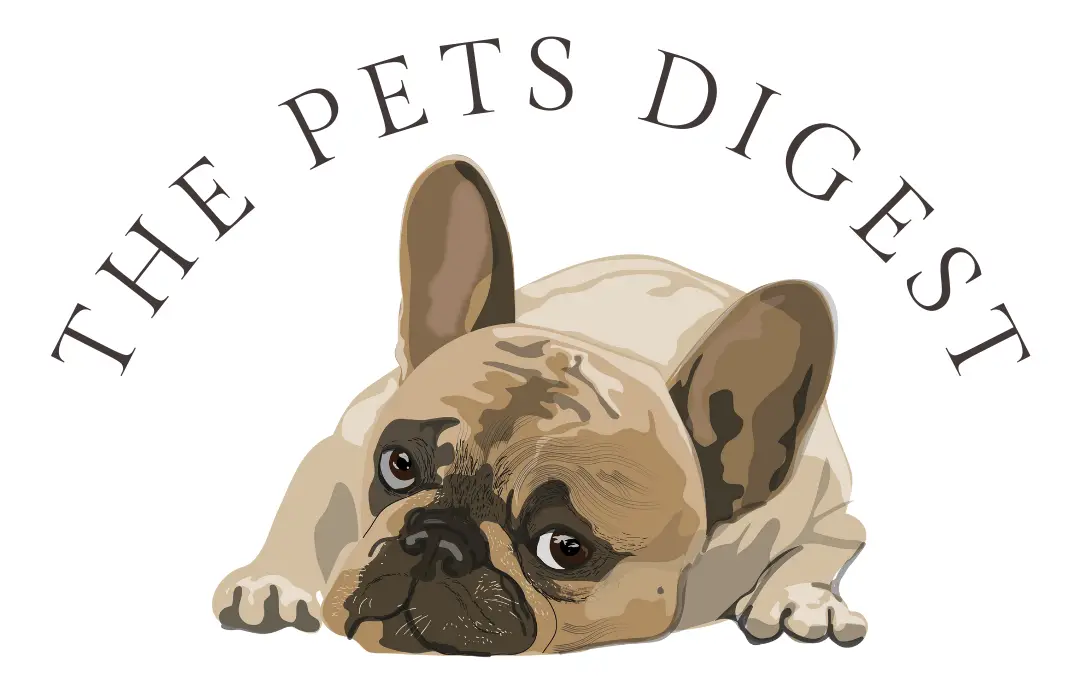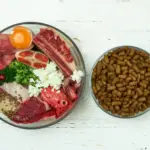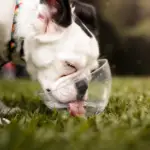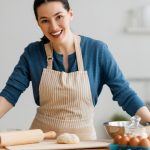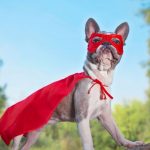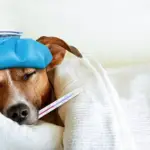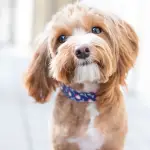Prairie dogs are becoming increasingly popular as pets, in fact, I have a co-worker that has one of her own.
In their natural habitat, prairie dogs can be found in the grasslands of Canada, central United States, and Mexico and while they are increasing in popularity as pets, their population is dwindling in the wild.
This is a result of many reasons including habitat destruction from human development and agriculture, being targeted by many homeowners as they are considered to be pests and can carry diseases like plague and pox viruses. They can also fall prey to non-native diseases themselves which can easily wipe out an entire colony
Who can have prairie dogs?
Many prairie dog owners state that they make fun, playful, and loveable pets. However, there are some states that do not allow them to be kept in the home however here are the states that allow them as pets:
- Connecticut
- Florida
- Indiana
- Minnesota
- Mississippi
- Montana
- Nebraska
- Nevada
- New Mexico
- North Carolina
- Ohio
- Oklahoma
- Pennsylvania
- South Dakota
- Tennessee
- Texas
- Vermont
- West Virginia
- Wisconsin
Prairie dogs are a variety of ground squirrels or rodents, which means they have teeth that continually grow throughout life and they need to be fed a very specific diet to thrive.
Proper nutrition is critical for the well-being of your prairie dog. Keep reading to learn valuable information on what to feed your fur baby to ensure they live a long happy and healthy life.
Understanding the nutritional needs of your prairie dog
Prairie dogs have very specific nutritional needs that must be met if you want yours to thrive.
It is important to try and replicate your prairie dog’s wild diet which would mainly consist of grasses, plants, and leaves, meaning this is mostly what your prairie dog should eat.
Some of the most common health issues associated with domesticated prairie dogs is diet related including obesity, malnutrition, and gastrointestinal disorders.
In your home, your prairie dog should eat a diet consisting primarily of grasses, fresh vegetables, and hay. In addition, they require a good quality source of vitamin C as they are unable to produce it on their own.
What to feed your prairie dog

1. Hay & Grasses
When feeding your prairie dog, it is important to provide a very balanced diet that consists mainly of grasses and hay.
Like rabbits, prairie dogs require high fiber since they are hindgut fermenters (meaning they digest their food through bacterial fermentation in their lower intestinal tract). Hence, they require a large quantity of dietary fiber and roughage for the bacteria to ferment.
Hay and grasses should make up the bulk of your prairie dog’s diet as in the wild it takes up about 3/4ths of what they eat on a regular basis.
Timothy hay is always a good choice of hay.
2. Fresh vegetables
Fresh vegetables like leafy greens, kale, sweet potato, and carrots can also be offered as a good source of vitamins and minerals.
3. Fresh fruits
Fresh fruit like small pieces of apple, melons, berries, or bananas can be given as a treat or reward for good behavior. However, these should only make up a small portion of their overall diet as fruit has a lot of sugar.
4. Insects
While prairie dogs are primarily herbivorous they do eat some insects, in captivity these are usually mealworms which can be given as a treat.
5. Pre-formulated diets
There are pre-formulated diets specifically made for prairie dogs that are completely balanced and high in fiber. Most of the diets state that they are developed to replicate the Prairie dog’s natural food intake in the wild.
However, most a lot of pet owners still offer their Prairie dog hay or grasses
What not to feed your prairie dog

1. Sugar
Prairie dogs are notorious for putting on excessive weight quickly so you should resist feeding your prairie dog foods that are high in sugar, fat, or artificial additives.
It is important to avoid feeding them foods that are high in these ingredients not only due to excess weight gain but other health issues they can cause.
2. Alfalfa Hay
While it is safe to feed your Prarie dog alfalfa hay in small amounts it is not the best choice of hay due to its high calcium-to-phosphorous ratio which could cause health issues.
Larger amounts of alfalfa hay are acceptable when prairie dogs are young and growing but should be eliminated after one year of age.
3. Other Ingredients
There are other foods and ingredients that should never be given to prairie dogs these are:
- Chocolate
- Caffeine
- Alcohol
- Onions
- Garlic
- Dog & Cat Food
- Raisins

6 Tips for feeding your Prairie Dog
1. Keep an eye on their weight
Just like humans, prairie dogs can gain or lose weight depending on their diet and activity level. It is important to monitor their weight regularly so you can make adjustments to their diet if needed.
If you notice that your prairie dog is gaining weight you may need to reduce the amount of fruits or pellets they are consuming and increase their activity. On the other hand, if you notice they are losing weight you may need to provide them with more nutritious foods or consult with a veterinarian to rule out any underlying health issues.
2. Feed a variety
Prairie dogs are very individualistic and what one likes another might not. Keeping this in mind, feed them a variety of healthy and delicious hay and grass options.
3. Make food readily available
Food should be available for your prairie dog day and night so they can eat or snack as they please
Always consult your veterinarian to ensure you are offering the right amount and types of treats for your prairie dog’s specific needs.
4. Fresh water is essential
Your prairie dog should have access to fresh water at all times. This can be either through a sipper bottle hung on their cage or a bowl that you can clean daily (or both).
5. Feeding guidelines
Feeding guidelines will vary for each prairie dog and depend heavily on sex, age, activity level, and weight. This is why it is important to keep an eye on your prairie dog for excessive weight gain or weight loss.
6. Treats
Treats should consist of no more than 5% of your prairie dog’s meals.
_
References
